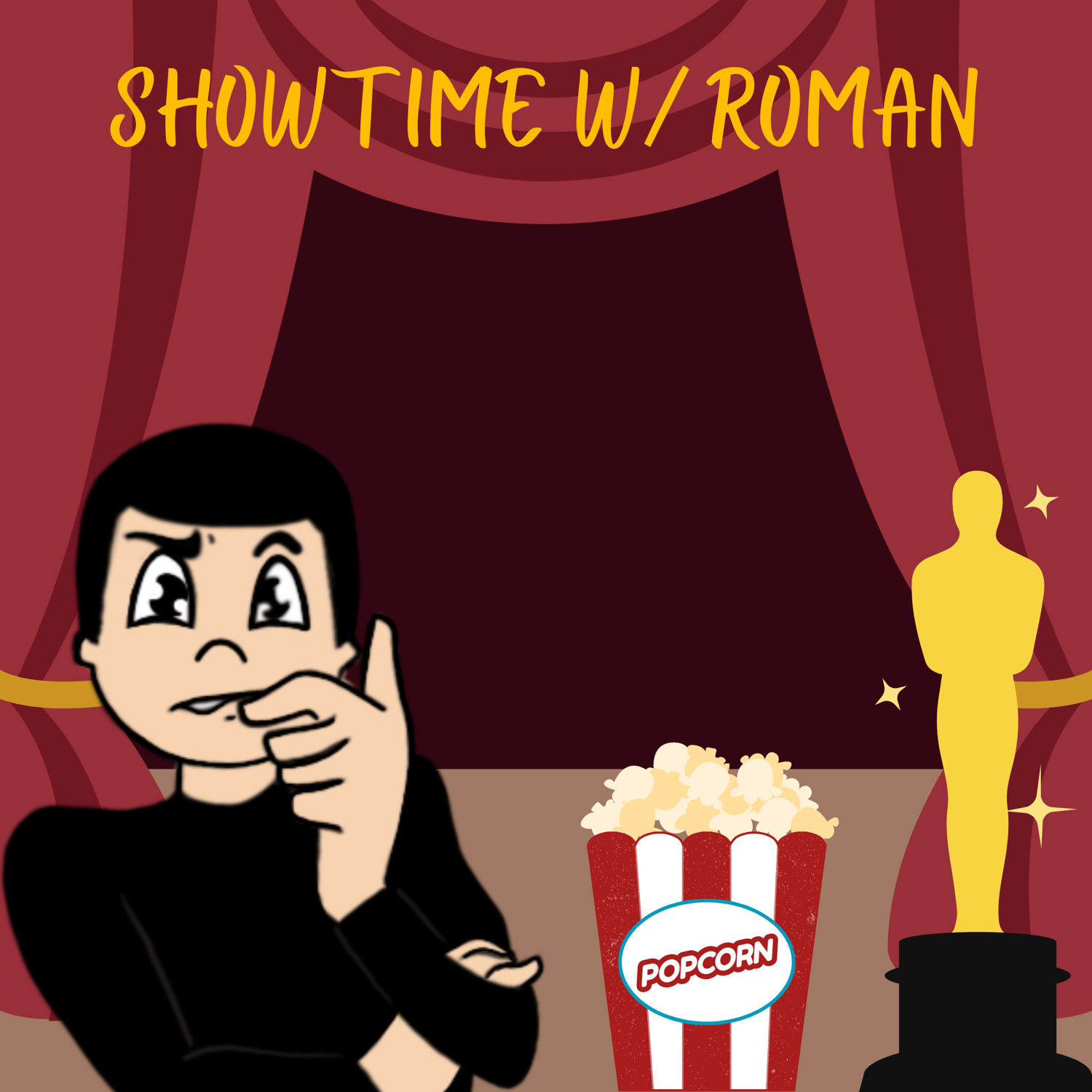Anatomy of a Fall: The Truth is Our Own
- Roman Arbisi

- Nov 17, 2023
- 4 min read
Updated: Nov 17, 2023

What is “truth”?
Justine Triet’s courtroom drama, Anatomy of a Fall – the winner of the Palme d'Or at the 76th Cannes Film Festival, is more than deserving of France’s highest cinematic honor. Starring Sandra Hüller as a relatively successful novelist, Sandra, she is quickly placed under a legal microscope after the sudden, unexpected death of her husband Samuel. In a breathtaking sequence of events leading up to and during the trial, Anatomy of a Fall is an essential piece of modern cinematic technique that repeatedly challenges the relationship between the audience and the film.
As harsh as it sounds, movies are lies. The viewer believes it, doesn’t believe it, or needs a little more convincing to fully grasp the totality of the lie on screen. I say “lie”, because it is up to the storytellers to convince us of a truth (personal to them) within the set-up of something that has been entirely made-up to intricately define a truth for us. So what is the truth, really? Is it honesty? Perception? Maybe it is both of those things and something else entirely depending on what information becomes warped by the fleeting episodes of memory. The genius of Triet’s film uncovers the truth as a perception of reality. If reality were true, and honest, and objective, then answers would be definitive enough to eliminate the desire to subject ourselves to understanding the deeper meanings of reality.

In Anatomy of a Fall, Triet allows an objective camera to monitor the subjectivity of the subjects. This meet and greet stokes the tensions of marriage, parenthood, and legislation by allowing them the time to slowly reveal the details to the viewer who has been sold a murder mystery. What comes of this is a sizzling courtroom procedural that gamifies the legal system’s assessment of the victim and the suspect. Triet treats these scenes with a docu-style lens. Often moving around the courtroom to increase the weight of the drama, we discover that the reality of the situation is based on perception over facts. Regardless of expert opinions or medical degrees, it is the individual experiences outside of the case that motivates their interpretation of the facts, and disguises it as a matter of fact.
How does this sway opinion? What seeds does it plant in an observing jury? What is the reality of the situation if the pieces of the puzzle are established on the grounds of conjecture? As an audience member, the film subjugates our conscience and even encourages us to act as judge, jury, or executioner. The formal control of the film reveals enough to keep it dramatically interesting and emotionally conflicting without offering a conclusive fact for the viewer to walk away satisfied. The conversations that transpire are based on our interpretation of the facts, and then our narrative is built around the information to satisfy our conclusions. Unfortunately, this level of satisfaction can legally prosecute someone because it attaches horror to a face, but this often skates by, “Why?”, and only answers, “Who?”.
In a stunning moment near the film’s conclusion, Sandra is watching talk show hosts offer their thoughts on the case, and one of the hosts concludes that it is more enticing if she killed her husband than if he had just killed himself. The public salivating over the idea of a killer rather than engaging with the war Samuel may have been waging with himself is a succinct interrogation that Triet reflects onto an era thrilled by true crime entertainment. The ideas that thrill people are violence, bloodshed, and inhumanity, but the diagnosis of mental health and emotional instability are insignificant by comparison. Without batting an eye, Triet puts us on trial too, and postulates that we’ve blurred the lines between fact and fiction to sensualize our reality. As the prosecutor suggests in his direct examination, he turns to Sandra’s fictitious novels as an effort to condemn her because it adds a meaning to her story that now appears suspicious under the light of new context. Had her husband never died as he did, those pages would exist as page-turning fantasy, but will now exist as something else that could reinforce those who have warped reality to adhere to their truth.

Truth is personal, but which details are real? What has been forgotten under duress? What has been manipulated to obfuscate the meaning? Anatomy of a Fall is essential cinema. It uses the form of cinema to wager the viewer’s stake in the deliberately gray conceit of a case that has all the tough questions and difficult answers. Sandra Hüller delivers what might be the performance of the year with an emotionally detailed performance that explodes with life in the middle-most sequence of the film. A harrowing argument between her and Samuel that reveals so much about their relationship to inform us of their dismissive behavior. The greatest choice Triet makes is that she obscures the visceral crescendo of the argument into an alienating audio clue that creates a rift between sight and sound. Which forces us to draw from our own imagination (rooted in emotionally motivated biases) to create an image without concrete definition.
This allows us to connect with their blind son, Daniel, to empathize with his disadvantage, but it paints a clearer picture of the film’s intentions. We might not be able to see every detail, but the cadence of voices opens our eyes to the truth behind their every word. It might not be our truth, but it is someone else’s whether they’ve bent it to fit their narrative or not. So what is “truth”, really? Anatomy of a Fall’s answer to that question is our own.






Comments